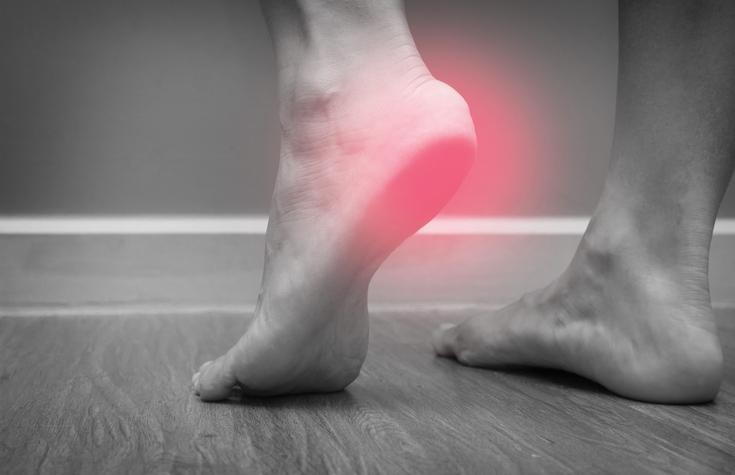Plantar Fasciitis: Basics and Common Misconceptions
posted: Apr. 24, 2018.
Plantar fasciitis might be a stubborn foot condition, but most people who are suffering from this condition might have never even heard of the best treatment options just yet. So, what works for plantar fasciitis and what doesn’t?

The Basics of Plantar Fasciitis
Plantar fasciitis is a common and persistent foot condition that is also the persistent kind of repetitive strain injury that can affect walkers and hikers, runners, and nearly anyone who stands for a living especially on hard surfaces. Working and running on concrete and pavement are probably risk factors. Things you should remember:
*Plantar fasciitis causes mainly foot arch or heel pain.
*A signature symptom is morning foot pain.
*Plantar fasciitis is not the same as flat feet and heel spurs, but they are related and often confused.
Some patients recover from plantar fasciitis with a little rest, proper arch support (shoe inserts and sometimes just comfortable shoes), and stretching – but this does not apply to everyone. There are severe cases that can stop you in your tracks, undermine your general health and fitness, and sometimes, it can even drag on for years.
What You Should Know
Patients with severe plantar fasciitis should find podiatric help.
Plantar fasciitis is an overuse injury, similar to carpal tunnel syndrome, and it is also like tendinitis – an inflammatory thickening or degeneration of the plantar fascia. It is especially common in runners and other athletes.
Common Misconceptions on the Root Causes of Plantar Fasciitis
There are three common biochemical explanations for plantar fasciitis:
-bone spurs
-flat feet or pronation
-tight calves
Bone spurs on the heel are often associated by plantar fasciitis but may not cause it. . They often get the blame for this foot condition because having a bony growth on your heel can definitely cause heel pain – just like having a rock in your shoe. However, bone spurs are nothing like having a rock in your shoe. They are a slight calcification of the plantar fascia – thin and brittle.
Pronation is the inward rolling of the foot, and it is almost synonymous to having flat feet. The arch tends to collapse as the foot rolls inward. They do not necessarily go together, but it is not uncommon for them to do so. They are both claimed to be root causes of plantar fasciitis.
Tight calves are another common plantar fasciitis scapegoat. This is because the gastrocnemius and soleus muscles (big calf muscles) can put a strain on the plantar fascia. This situation is typical for people who have been wearing high-heeled shoes for years, as well as for people with a leaning-forward postural pattern.
BOTTOMLINE
Plantar fasciitis is, a very common problem and not all health care professionals are keen on knowing what the latest research says about this foot condition. Our podiatrist, Sheldon H. Nadal, DPM is more than willing to discuss what you need to know about this foot condition, as well as the treatment options that are best for you. Call us today!